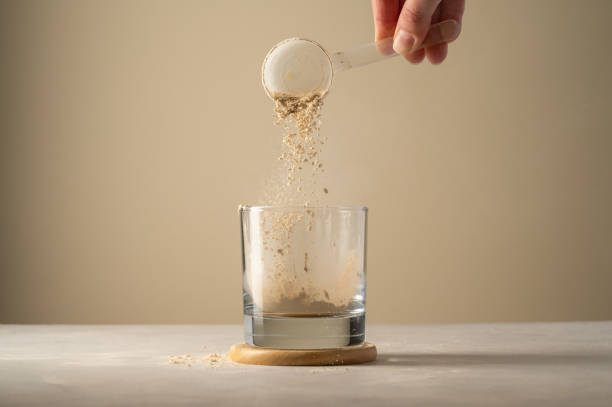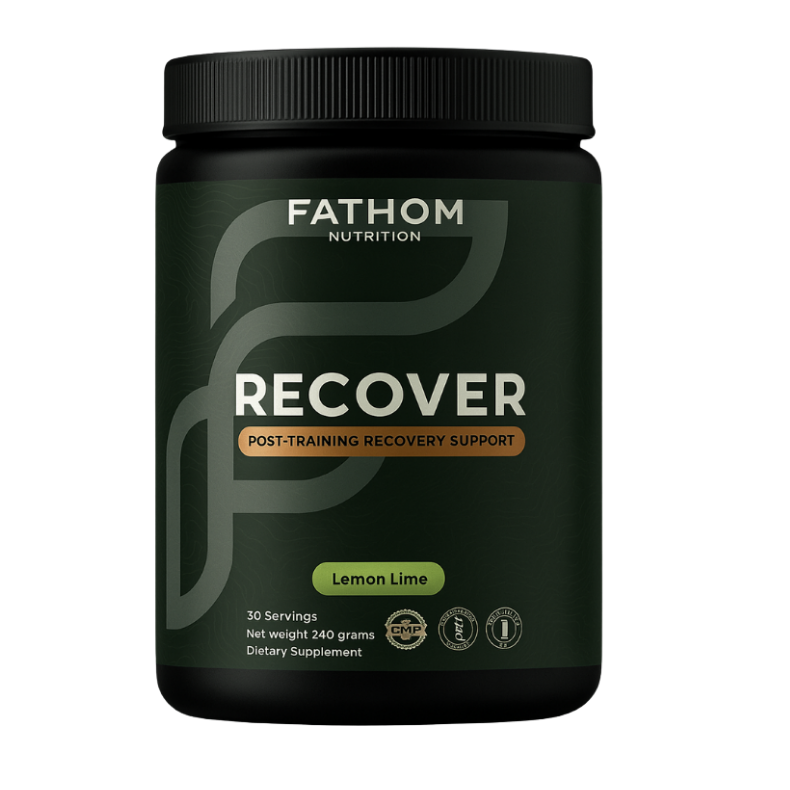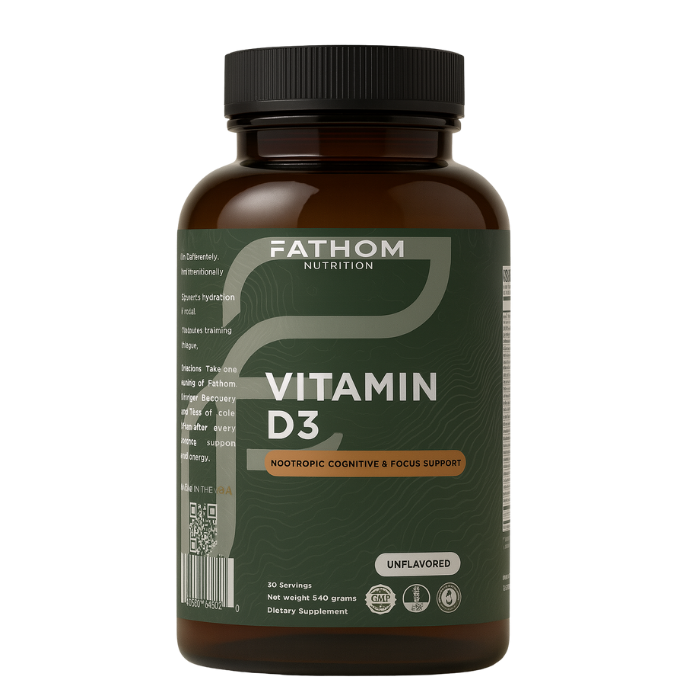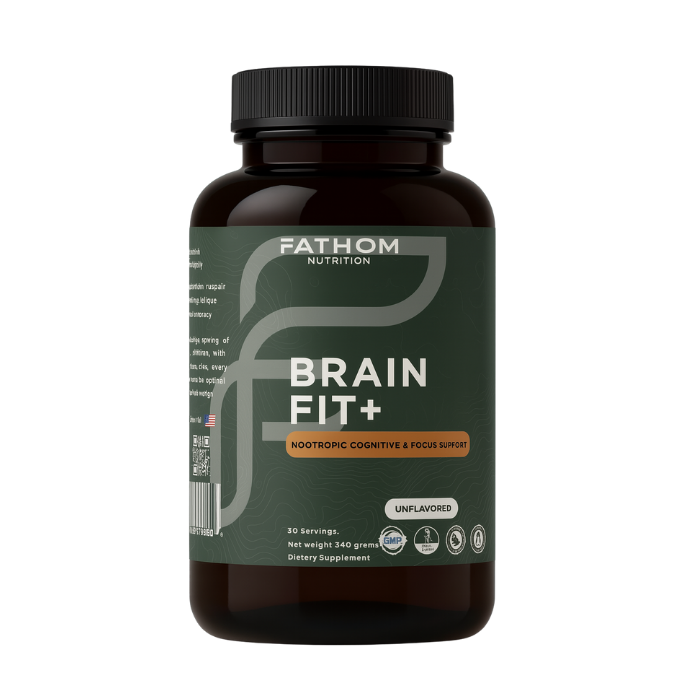The Science of Supplement Timing, Dose, and Duration for Athletes

Training makes your body fluent in stress. Smart use of a small set of well-studied supplements can amplify that fluency, provided you respect three variables that govern their effect: timing relative to sessions, dose relative to body mass and task, and intake duration to build and maintain the underlying adaptations. This guide organizes the supplements with the strongest human data—dietary nitrate, caffeine, sodium bicarbonate, beta-alanine, creatine, carbohydrate, and protein—into simple protocols you can enact immediately.
The goal is not to stack everything. It is to match compounds to the bioenergetic limits of the work you plan to do, at doses that are effective and tolerable, taken at times that align mechanism to need. Throughout, you will see where acute dosing is best, where chronic loading matters, and how to combine them without tripping over side effects or diminishing returns.
A quick map of mechanisms and use-cases
-
Dietary nitrate raises nitric oxide bioavailability through the nitrate → nitrite → NO pathway, lowering the oxygen cost of submaximal work and sometimes improving time-to-exhaustion in severe-intensity efforts. Benefits are most reliable when you use sufficient dose and allow for acute and or short-term loading. PMC
-
Caffeine is an adenosine receptor antagonist that sharpens central drive and reduces perceived effort. It crosses biological membranes quickly and works at relatively low milligram-per-kilogram doses when timed pre-exercise. PMC
-
Sodium bicarbonate buffers extracellular hydrogen ions, supporting repeated high-intensity efforts in the thirty-second to several-minute range when acidosis rises. Dose and gastrointestinal tolerance are the make or break. PMC
-
Beta-alanine elevates intramuscular carnosine, an intracellular buffer that accumulates over weeks. It benefits high-intensity efforts of roughly one to four minutes when dosing is sustained long enough. PMC
-
Creatine monohydrate saturates the phosphagen system to support rapid ATP regeneration and repeated high-power outputs; there is also evidence that timing near training can be advantageous for body composition outcomes. PMC
-
Carbohydrate supports performance by maintaining blood glucose, sparing hepatic glycogen, and driving high rates of carbohydrate oxidation during long sessions; multiple transportable carbohydrates increase maximal oxidation. PMC
-
Protein provides essential amino acids to stimulate myofibrillar protein synthesis; timing and source selection shape the response during recovery windows. PMC
Dietary nitrate: dose, timing, and duration that actually move the needle
What it does. Nitrate-rich beet products increase NO availability, with downstream effects on muscle contractility, glucose homeostasis, mitochondrial efficiency, and the oxygen cost of submaximal exercise. Effects are most pronounced when hypoxia is relevant and when dose and timing are correct. PMC
Effective doses and windows. Dose-response studies show that ~8.4 mmol nitrate taken acutely about 2 to 2.5 hours pre-exercise can reduce VO₂ cost and improve severe-intensity time-to-exhaustion, with little added benefit above ~16.8 mmol for most tasks. Short-term loading of ~5–9 mmol/day for 1 to 15 days appears to enhance the physiological response and may preserve benefits up to 24 hours after the last dose in some contexts. PMC
Protocol.
-
Chronic loading option: 6–9 mmol nitrate daily for 7–28 days.
-
Acute option: ~8 mmol nitrate, 2–2.5 hours before key sessions or events.
-
Safety note: Short-term studies report no adverse kidney effects in healthy adults under these dosing patterns. PMC
When to use it. Long threshold or submaximal work blocks, events with sustained severe intensity, or altitude training where O₂ economy matters.
Caffeine: small dose, right time, measurable effect
What it does. As a CNS stimulant, caffeine blocks adenosine receptors and enhances alertness and perceived effort tolerance. Its pharmacokinetics are consistent by oral or IV routes and it readily crosses membranes. PMC
Protocol.
-
Dose: Commonly 3–6 mg/kg body mass, individualized for sensitivity.
-
Timing: ~60 minutes pre-exercise is traditional; some protocols split doses or use smaller top-ups intra-event for ultra-endurance. PMC
-
Notes: Habitual caffeine use and CYP1A2 genotype can influence effect size; test in training.
When to use it. Race-specific efforts, key interval sessions, or competition where vigilance and drive are limiting factors.
Sodium bicarbonate: a powerful buffer if you respect dose and the gut
What it does. Sodium bicarbonate increases extracellular buffering capacity, delaying the fall in pH that accompanies intense glycolytic work. Benefits concentrate in high-intensity efforts from ~1 to 7 minutes and in repeated sprints. PMC
Dose and timing—where most people go wrong.
-
Consensus effective dose: around 300 mg/kg body mass. Lower doses (200 mg/kg) still raise buffering but may underperform in repeated maximal work; higher doses do not reliably add benefit and increase GI risk. Peak bicarbonate occurs ~60 minutes after 300 mg/kg in many, but individual variability ranges from 30 to 180 minutes. PMC
-
Tolerability tactics: Split the total dose into multiple smaller portions, take with a carbohydrate-containing meal and fluids, and consider extending the window to 60–180 minutes pre-event to reduce GI distress. PMC
Protocol.
-
Trial 0.2–0.3 g/kg in training, identify your own time-to-peak bicarbonate and symptom threshold, and lock that in for competition.
-
Use the “serial small dose” method if you are GI sensitive.
When to use it. Rowing pieces, cycling pursuits, HYROX stations plus run sequences, CrossFit events with repeated near-max intervals, and track cycling.
Beta-alanine: build carnosine, bank buffering
What it does. Beta-alanine is the rate-limiting precursor for carnosine, a dipeptide buffer that accumulates in skeletal muscle. Elevated carnosine improves high-intensity performance lasting ~60 to 240 seconds. PMC
Dose, duration, and maintenance.
-
Loading: 3–6 g/day for 4–10 weeks increases muscle carnosine by ~15–85%, with the total amount consumed as the primary determinant of gain. PMC
-
Maintenance: ~1.2 g/day preserves carnosine at ~30–50% above baseline after loading. PMC
-
Timing trick: Taking beta-alanine with meals can enhance loading, possibly via insulin-linked transport effects; slow-release formats or divided low doses every 3–4 hours reduce paresthesia. PMC
When to use it. Preparatory blocks for middle-distance track, sprint cycling, rowing, HYROX, and mixed-modality competitions with repeated two- to four-minute bouts.
Creatine: saturate the phosphagen system and time it to your training
What it does. Creatine stores high-energy phosphate as phosphocreatine, accelerating ATP resynthesis for short-duration, high-power tasks. It also supports training quality and lean mass accretion over months. PMC
Loading vs. slow-fill.
-
Classic loading: ~20 g/day split into 4 doses for 5–7 days, then 3–5 g/day maintenance.
-
Slow-fill: 3–5 g/day without loading reaches saturation in ~3–4 weeks.
Timing nuance. Some evidence indicates post-exercise ingestion may confer body-composition advantages compared with pre-exercise in resistance-trained individuals, especially when paired with carbohydrate and protein intake. PMC
When to use it. Strength and power phases, field sports, sprint and repeat-sprint conditioning, and any sport where set-to-set performance matters.
Carbohydrate: the right fuel, in the right amounts, at the right times
During long efforts. When sessions exceed ~2 hours, performance improves when you ingest multiple transportable carbohydrates—combinations of glucose (or maltodextrin) and fructose—because they use different intestinal transporters, allowing higher total oxidation rates. Studies report oxidation rates around 1.5 g/min when using combined substrates, exceeding what glucose alone can sustain. Common practice aims at ~90 g/hour, and research has explored rates up to 1.8 g/min with varying glucose-to-fructose ratios; several experiments used a 2:1 ratio, and at least one study favored ~0.8 as optimal for the specific protocol tested. The practical point is to train the gut and find your personal ceiling. PMC
After exercise. For full glycogen restoration within ~24 hours, target ~8–10 g/kg/day carbohydrate. Immediately after training, ~1.2 g/kg/hour maximizes glycogen resynthesis. If that volume is hard to tolerate, ~0.8 g/kg/h carbohydrate + ~0.4 g/kg/h protein yields comparable glycogen synthesis—useful in periods of stacked sessions. PMC
Hydration pairings that improve compliance. Many athletes adhere better to their refueling plan when they anchor it to a fixed recovery ritual. Start with fluids and electrolytes immediately post-session—RecoverFIT is a simple way to replace sodium and begin the recovery cascade—and follow with your carbohydrate and protein meal inside the next hour.
Protein: total intake still rules, but timing and source matter
Targets and context. Strength work raises muscle protein turnover for up to 72 hours, and both timing and source influence hypertrophy. For athletes, daily intake typically falls between ~1.2–2.0 g/kg/day, distributed across several feedings, with 20–40 g high-quality protein per feeding to reach the leucine threshold. PMC
Source signals. Milk proteins (whey and casein) and mixed dairy often produce higher myofibrillar protein synthesis than equal doses of soy in the early post-exercise window, though longer windows can narrow differences. This likely reflects amino-acid profile and digestion kinetics. PMC
Practical cadence.
-
Post-training: A protein feeding in the first hours after resistance work supports synthesis; pairing with carbohydrate is advantageous when a second session falls within a day. PMC
-
Evening: A pre-sleep protein feeding (casein or high-protein dairy) can support overnight remodeling during heavy blocks.
-
Daily distribution: Three to five feedings that each deliver ~0.25 g/kg high-quality protein maintain a favorable anabolic environment.
Pair protein feedings with your hydration habit to minimize misses. Many Fathom athletes do RecoverFIT → protein dose → mixed meal as a single post-workout sequence.
How to stack these without stepping on rakes
1) Match compounds to the energy system and session goal
-
Long submaximal or threshold: dietary nitrate pre-session; carbohydrate as needed by duration. PMC+1
-
1–7 minute severe-intensity repeats: sodium bicarbonate and, if pre-loaded, beta-alanine; optional caffeine depending on timing and tolerance. PMC+1
-
Strength and power blocks: creatine daily; protein distribution; carbohydrate positioned around heavy days. PMC+1
2) Respect tolerability and individual variability
-
Bicarbonate’s GI profile varies widely; test your personal peak window and split doses with food and fluids. PMC
-
Beta-alanine can cause paresthesia; use slow-release or smaller divided doses. PMC
-
Caffeine’s effect size depends on sensitivity and habituation; start low and log your responses. PMC
3) Keep the stack small on any given day
For example, on a key HIIT day you might combine caffeine and bicarbonate, but save nitrate for threshold days and keep creatine as a quiet daily background without acute stacking demands.
Protocol playbook: ready-to-use templates
Endurance race prep, 14-day ramp
-
Days −14 to −1: Nitrate 6–9 mmol/day; beta-alanine 3–6 g/day (if not already loaded). PMC+1
-
Race day: ~8 mmol nitrate 2–2.5 h pre-start; caffeine 3 mg/kg 60 min pre-start if tolerated; carbohydrate according to race duration and gut training. PMC+2PMC+2
Repeated sprint or 2–5 minute event day
-
−3 to 0 h: Sodium bicarbonate 0.3 g/kg split with food, final portion 60–180 min pre-event based on your tested peak; caffeine 3–4 mg/kg 60 minutes pre-event if desired. Beta-alanine should already be loaded. PMC+2PMC+2
Strength and power mesocycle, 8–12 weeks
-
Daily: Creatine 3–5 g; protein 1.6–2.0 g/kg/day across 3–5 feedings; carbohydrate anchored to heavy days; fluids and electrolytes post-lift. Start with RecoverFIT to normalize sodium and begin rehydration, then eat your protein and carbohydrate meal. PMC+1
Safety notes and edge cases
-
Nitrate: Generally well tolerated at performance doses; individuals with specific nitrate-related medical considerations should consult their clinician. Kidney function remained stable in short-term trials in healthy adults. PMC
-
Caffeine: Watch for sleep displacement and GI upset. Test timing early; later-day caffeine may degrade recovery quality even if performance improves acutely. PMC
-
Sodium bicarbonate: GI distress is common at higher doses; split dosing with a carbohydrate-containing meal and ample fluids substantially improves tolerance. PMC
-
Beta-alanine: Paresthesia is benign and dose-dependent; slow-release formats or divided dosing mitigate symptoms. PMC
-
Creatine: Extensive safety data in healthy adults; ensure adequate hydration, especially during heat and high training loads.
-
Carbohydrate: Train the gut to tolerate higher intakes; the intestine adapts to repeated exposure to multiple transportable carbohydrates. PMC
-
Protein: Source quality and total daily intake drive outcomes; pair with sufficient energy and carbohydrate when back-to-back sessions compress recovery. PMC
Frequently asked “how much, when, and how long” questions
How many days do I need to load nitrate before I feel a difference?
Some benefits emerge with an acute ~8 mmol dose ~2–2.5 hours pre-effort, but 7–28 days of ~6–9 mmol/day can deepen effects and lower VO₂ cost at submaximal workloads. PMC
Is 200 mg/kg bicarbonate enough?
It raises buffering, but repeated-sprint and maximal work often respond better at ~300 mg/kg; tolerability and individual timing are decisive. Train your protocol well before race day. PMC
How long should I take beta-alanine before competition?
Aim for 3–6 g/day for 4–10 weeks to raise carnosine; maintain with ~1.2 g/day afterward if your season is long. PMC
Do I need to “load” creatine?
No, but 20 g/day for 5–7 days saturates faster. Otherwise 3–5 g/day reaches saturation in ~3–4 weeks. Post-exercise timing may favor body-composition outcomes in resistance training blocks. PMC
What is the best intra-workout carbohydrate strategy for 3+ hour events?
Use multiple transportable carbs and build toward ~90 g/hour or higher if your gut allows; ratios vary by person and protocol. Train it. PMC
How much protein per feeding is optimal after lifting?
~20–40 g high-quality protein within the first hours post-session is a practical target. Distribute intake across the day. PMC
One-page checklist
-
Nitrate: 6–9 mmol/day for 7–28 days; or ~8 mmol 2–2.5 h pre-key session. PMC
-
Caffeine: 3–6 mg/kg ~60 min pre-event; personalize for sleep and sensitivity. PMC
-
Bicarbonate: 0.3 g/kg total, split with food and fluids; test individual peak 60–180 min pre-start. PMC
-
Beta-alanine: 3–6 g/day for 4–10 weeks; maintain ~1.2 g/day afterward; take with meals; divide doses to limit paresthesia. PMC
-
Creatine: 3–5 g/day; optional 20 g/day for 5–7 days loading; consider post-exercise timing during lifting blocks. PMC
-
Carbohydrate (during): build toward ~90 g/hour using multiple transportable sources for events >2 h; train the gut. After: 1.2 g/kg/h or 0.8 g/kg/h + 0.4 g/kg/h protein for fast restoration. PMC
-
Protein: total ~1.2–2.0 g/kg/day for athletes; 20–40 g per feeding across 3–5 meals; dairy proteins often yield robust early post-exercise synthesis. PMC
-
Recovery ritual: Fluids + electrolytes immediately post—RecoverFIT—then protein and carbohydrate meal.
References (representative)
-
Naderi A, de Oliveira EP, Ziegenfuss TN, Willems MET. Timing, optimal dose and intake duration of dietary supplements with evidence-based use in sports nutrition. J Exerc Nutr Biochem. 2016;20(4):1–12. Key recommendations on nitrate, caffeine, bicarbonate, beta-alanine, creatine, carbohydrate, and protein. PMC
-
Dose-response and timing studies for nitrate, bicarbonate, and carbohydrate oxidation rates with multiple transportable carbohydrates as cited in the review above. PMC+1
Implementation notes
-
Build supplement practice into training, not just race week.
-
Log dose, timing, GI comfort, sleep, and performance so you can refine your protocol.
-
Keep your stack minimal on any given day; most athletes perform best with one or two targeted aids layered onto consistent carbohydrate, protein, fluids, and electrolytes.
-
For adherence, standardize the first minutes after training: hydrate with electrolytes → protein dose → mixed meal. A frictionless ritual is what turns science into results.











